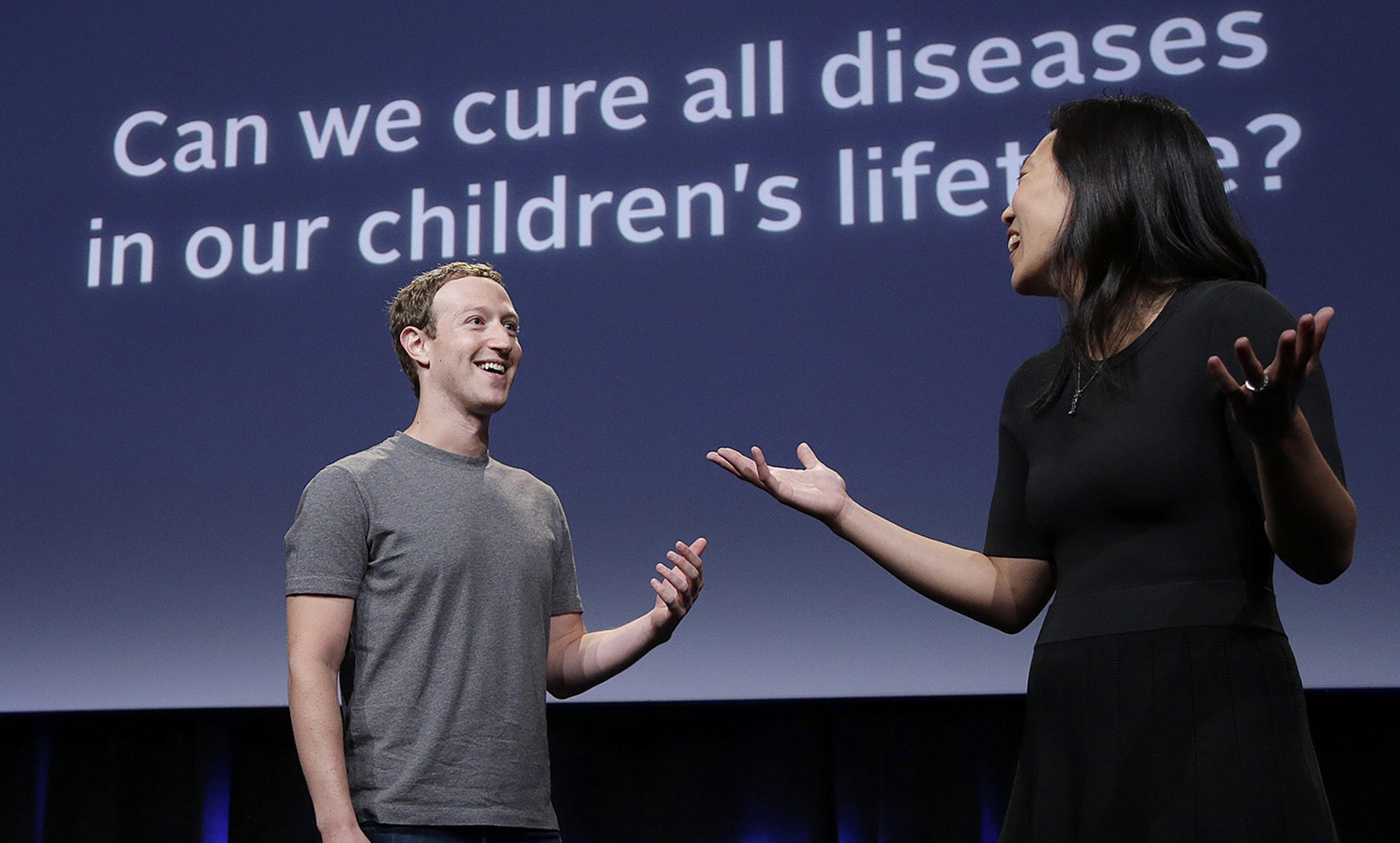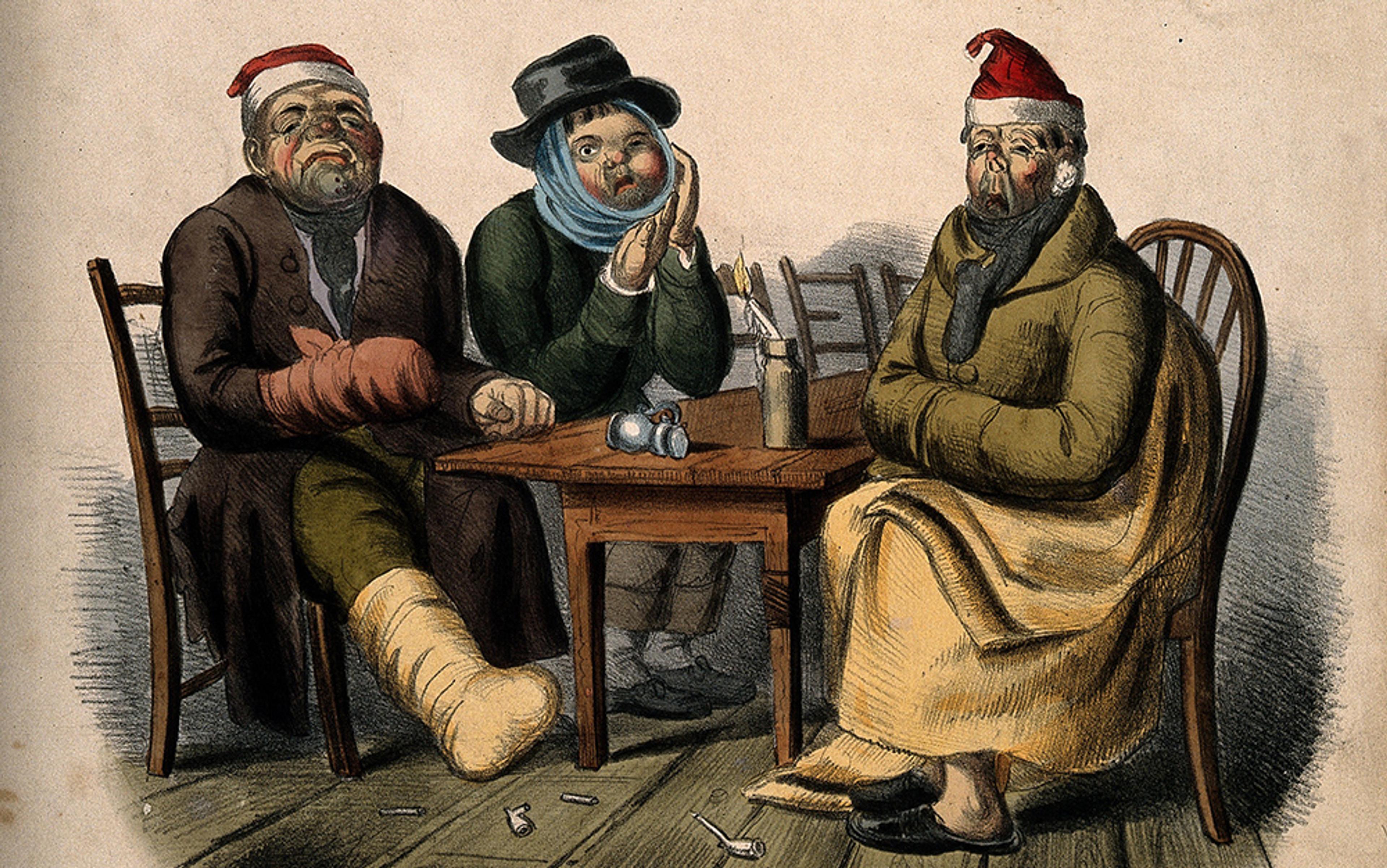Julianne Moore in Still Alice/Rex Features
If you watched Still Alice (2014), you were probably moved to tears by Julianne Moore’s Oscar-winning portrayal of Alice Howland, a 50-year-old professor of linguistics who discovers that she has a rare form of Alzheimer’s disease. The movie depicts Alice facing some of the hardships in the aftermath of the diagnosis: she has to think about what her future will be like with diminished cognitive capacities, and must face difficult conversations with her children, who might have inherited the disease.
The type of Alzheimer’s portrayed in the film is ‘familial Alzheimer’s disease’, an extremely rare form caused by mutations in one of three genes. Unlike most Alzheimer’s, Alice’s disease causes symptoms around the fifth decade of life and is inherited and thus ‘familial’.
Despite the vast majority of Alzheimer’s being non-inherited, Alice’s rare type has catalysed a great deal of scientific, media and public attention. Widespread belief in genetic essentialism continues to influence public opinions on the determinants of health and disease. Alzheimer’s is accordingly often seen as a genetic entity.
According to the genetic essentialist paradigm, human genes can explain almost everything about us. The ‘one gene, one disease’ paradigm can often be found in popular media. According to this paradigm, scientists are able to discover genetic causes of obesity, mental diseases and cancer. This is not entirely misconceived: a small collection of diseases, including Alice’s, are caused by a single genetic mutation. Diagnostic genetic testing for such diseases very accurately assesses whether individuals carry associated mutations.
However, many more diseases, including schizophrenia, heart conditions and most types of Alzheimer’s, have only a partial genetic link, and result from complex interactions between genes and the environment. Genetic testing for these diseases can at best reveal a risk estimate for developing the disease. The APOE gene is currently most associated with Alzheimer’s; however the gene is far from causative, and the list of additional influences continues to grow.
Despite this, people with relatives affected by Alzheimer’s often wonder whether they are going to be the next to fall ill. Meanwhile, the scientific community still pursues genetics as a possible solution to the increasing number of people affected by Alzheimer’s. The success of Still Alice both builds upon and feeds into such beliefs. We term the cumulative effects of this process the ‘Still Alice Effect’, fuelling misunderstanding of Alzheimer’s as a genetic disease.
Popular presentation of disease raises public awareness, yet giving greater weight to Hollywood than to medical science can lead to profound misunderstanding. The scientific community can end up amplifying this. Researchers need funding, and emotional portrayals of disease publicise the need to defeat a particular disease. This gives governments an incentive to fund research targeting that disease. So the very researchers who should be disabusing the public of misconceptions fostered by Hollywood have an incentive to piggyback on those misconceptions.
The Still Alice Effect can also channel resources away from where they are most needed, both socially and within medical research. Billions of dollars are invested in trying to find the genetic causes of Alzheimer’s, while an average dementia care worker’s wage is substantially lower than the living wage. Within medical research, large grants fund genetic projects, while those researching other predictors and causes of Alzheimer’s are less well-funded.
Even if genetic research met with a degree of success, identifying those with an inherited high risk of developing Alzheimer’s when no treatment options exist might still be a questionable goal. It could result in psychological trauma, extortionate medical insurance, and reduced employability for those identified as high-risk. Medicalising asymptomatic populations can fuel stigmatisation and itself exacerbate cognitive decline.
The Still Alice Effect has the power to advance the fight against Alzheimer’s, but this must be coupled with informed understanding of causes and prognosis of the disease in its commoner forms, rather than the fight being reliant upon the abilities of screenwriters to illicit emotional responses through selective representation. Although discussion of prevalence statistics and disease subtypes might be artistically detrimental, the Still Alice Effect highlights the need for responsible portrayals of illness in popular media.






